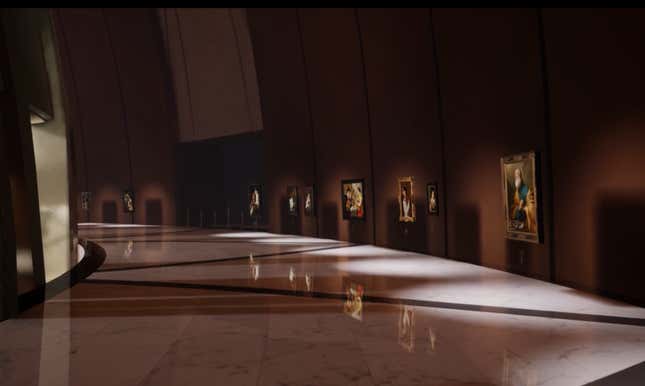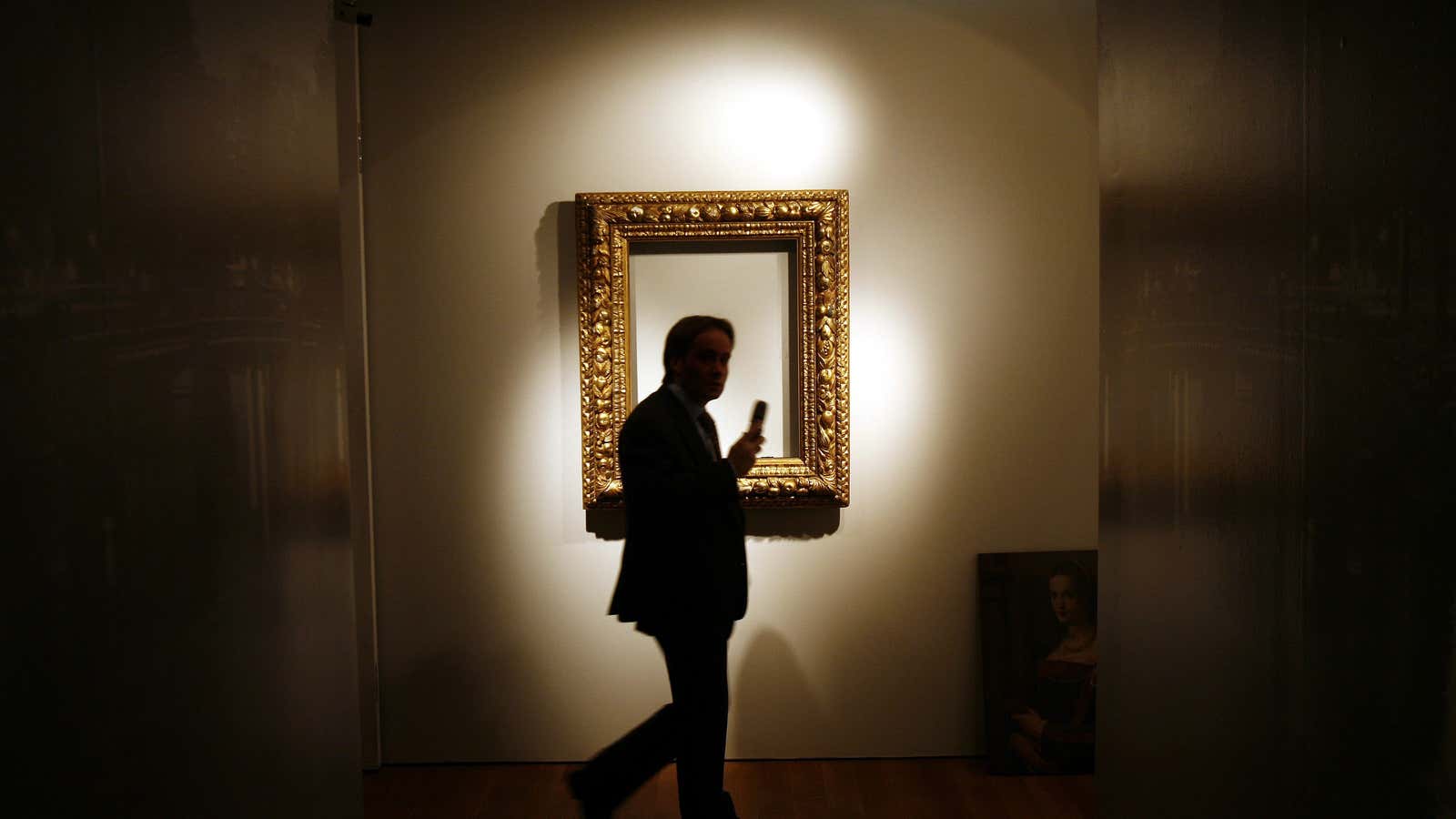Not too long ago, people visited museums to encounter real art and artifact. A priceless masterpiece, a rare gem, a well-preserved manuscript—museums took pride in bringing the world’s treasures to their cities.
This model is quickly changing. In October, the first all virtual reality museum debuted at a private event in Sotheby’s New York City. There were no ribbon cutting ceremonies nor were there actual paintings. The Kremer Museum’s grand opening comprised of people strapped with VR goggles ogling at high definition projections hung on virtual walls.
The brainchild of Dutch art collector George Kremer and his son Joël who once worked at Google, The Kremer Museum collection comprises of 74 17th c Dutch and Flemish paintings which can only be viewed through a VR headset.
This means that Frans Hals’s Portrait of Man, or Rembrandt van Rijn’s The Turkish General for example, remains hanging in Kremer’s private gallery in the Netherlands but he’s able to “exhibit” it around the world in many places at the same time. The Kremers say that going VR was a way to share their art collection with the public without the expense of a erecting an actual building. Museum admission is collected when visitors download their VR app
“My wife Ilone and I believe we can make a greater contribution to the art world by investing in technology rather than in bricks and mortar for our collection.” explained Kremer at the launch party. To open its collection to students around the world, the Kremmer established a program that will provide VR kits for schools from Bronx to Mumbai. The Kremers will also continue to loan their physical artworks to museums around the world.

To prepare high resolution images for VR, each painting in the Kremer collection was photographed about 2,500 to 3,500 times. Through the magic of “photogrammetry” art lovers gain a simulated intimacy with each work. Visitors can inspect a painting’s surface as close as they want and even see the fascinating stamps of provenance on the reverse that’s usually hidden behind the frame in a most museums.
The Kremers hired New York-based architect Johan van Lierop to design the museum’s grand virtual environment. “To design a museum without gravity, plumbing or code regulations is a dream for every architect,” said Van Lierop in a video to introduce the collection.
The Kremer Museum is the first to embrace a VR only environment but many institutions have dabbled in the immersive technology over the last two years. The Smithsonian American Art Museum has a free VR app; the Metropolitan Museum of Art has a VR highlights tour called Met360; the British Museum partnered with Oculus to present its collection of Egyptian mummies and Assyrian antiquities,; and the Museum of Contemporary Art Los Angeles is currently presenting painter Kerry James Marshall’s retrospective on VR, for instance.
So will VR goggles and HoloLens kits soon be regular fixtures in the once tech gadget averse museum environments? Is VR “hype, hope or just hard?,” as curator Sarah Tutton put it during a recent MuseumNext symposium. “We mustn’t be starry-eyed about the whole thing…it will quickly lose its ‘wow factor’ as it becomes a mature product,” says Auckland Museum’s Nils Pokel in response. “The hope is that VR will become an equal tool in our holistic story-telling and educational toolbox alongside our objects or labels or kiosks—all telling that one story or even enabling entirely new ways of storytelling.”
